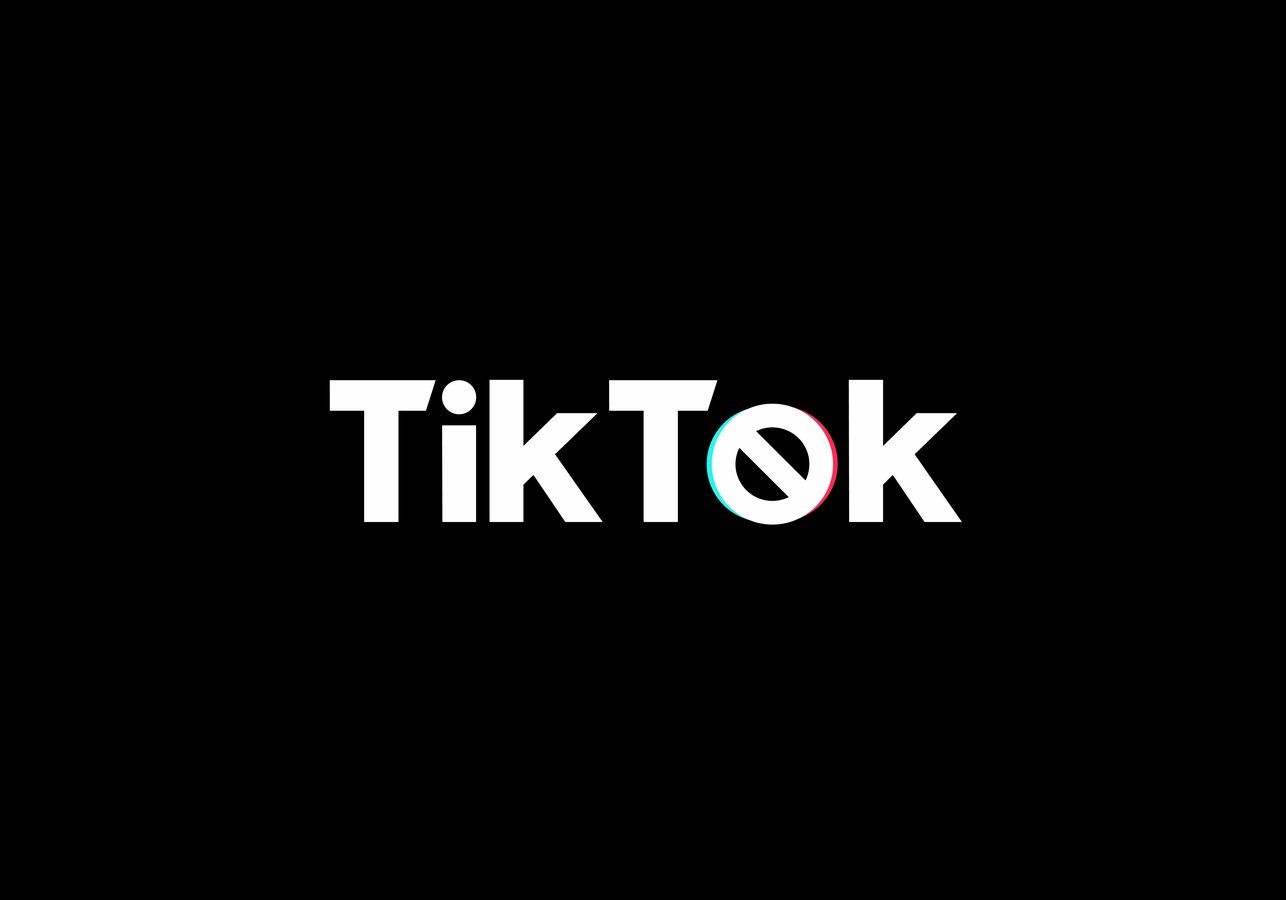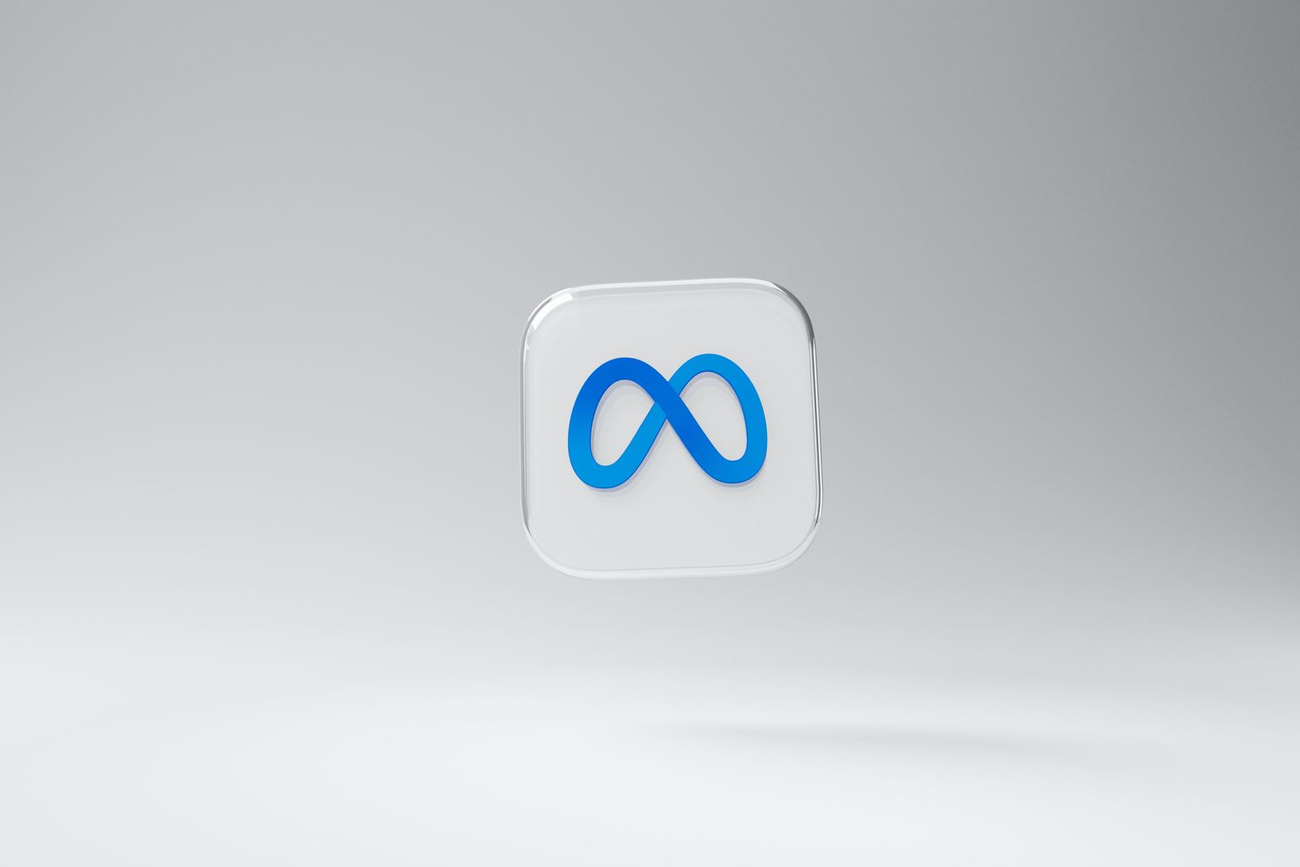Testing the Page Fold
Technology has enabled us to verify our assumptions and intuitions, and as the revolution of web analytics has shown us, marketing and advertising is not exempt. Even design is subject to experimental evidence. This is an interesting read on using eye tracking and experiments to determine what impact designing for the "page fold" has: The Myth of the Page Fold: Evidence from User Testing.
In the image below you can see the hotspots where user's eyeballs were tracked as they read the pages and followed the content down. Users are now accustomed to scrolling web pages, and if content is displayed in a way that entices them to read more, experimental evidence shows that in general they are perfectly ready to do so.





